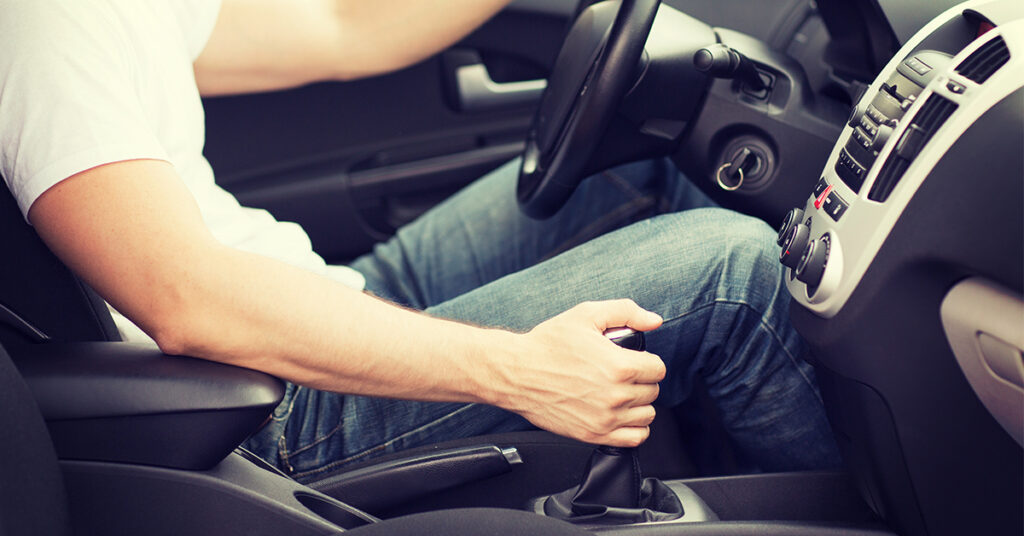The primary difference between automatic and manual cars is how they change gears. In a manual car, the driver must manually engage the clutch and shift the gears using a stick shift and clutch pedal, whereas, in an automatic car, the car changes gears automatically without the need for a clutch or gear stick.
Some key differences include initial purchase price, fuel efficiency, maintenance cost, and the learning curve for switching from an automatic to a manual transmission.
Initial Purchase Price
In general, automatic cars tend to be more expensive than manual cars. This is because automatic transmissions are more complex and have more parts, which can increase the cost of production.
However, the cost difference between manual and automatic transmissions may vary depending on the make and model of the car, as well as the region in which it is sold. In some cases, the cost of an automatic transmission may be similar to or even less than that of a manual transmission, depending on factors such as market demand and availability.
Additionally, some car manufacturers may offer certain models with only one type of transmission, limiting the consumer's choice and affecting the price. In general, it is important to compare the costs of manual and automatic transmissions when considering purchasing a car, as the initial purchase price can significantly impact overall affordability.
Fuel Efficiency
The type of transmission can have an impact on the fuel efficiency of a car. Generally speaking, manual transmissions are often more fuel-efficient than automatic transmissions.
One reason for this is that manual transmissions allow the driver to have more control over the vehicle's gear ratios, enabling the engine to operate at a more optimal level. With a manual transmission, the driver can choose the appropriate gear for the speed and conditions of the road, which can help to keep the engine running at its most efficient speed range.
On the other hand, automatic transmissions are designed to shift gears automatically based on the vehicle's speed and acceleration. While modern automatic transmissions have become more efficient in recent years, they still tend to be less efficient than manual transmissions due to factors such as additional weight and frictional losses in the transmission system.
That being said, the difference in fuel efficiency between manual and automatic transmissions may not always be significant and can vary depending on the make and model of the car. Other factors, such as engine size, aerodynamics, and driving conditions, can significantly impact fuel efficiency.
While manual transmissions tend to be more fuel-efficient than automatic transmissions, the difference may not always be significant. Other factors can also play a role in determining a car's fuel efficiency.
Maintenance Costs
Automatic cars can be more expensive to maintain and repair than manual cars. This is because automatic transmissions have more components that can fail, and those components can be more costly to replace.
Manual vs. automatic transmission can affect maintenance costs in several ways:
Transmission Repairs
Automatic transmissions are more complex than manual transmissions and have more components, which can lead to more expensive repairs when they break down. Manual transmissions generally require less maintenance and fewer repairs.
Fluid Changes
Automatic transmissions require regular fluid changes, which can increase maintenance costs over time. Manual transmissions require less frequent fluid changes, which can reduce maintenance costs.
Clutch Replacement
Manual transmissions have a clutch that wears out over time and requires replacement. This is not an issue with automatic transmissions, which don't have a clutch. Clutch replacement can be expensive, adding to the maintenance costs of a manual transmission.
Learning Curve
The learning curve for driving an automatic car is generally less steep than that of a manual car. This is because automatic cars do not require the driver to manually shift gears, making them easier to operate and requiring less skill and practice.
Learning to drive an automatic car typically involves familiarizing the controls, such as the gas pedal, brake pedal, and gear selector, and understanding how to operate the vehicle in various traffic conditions safely. Once the driver is comfortable with these basic skills, they can typically start driving an automatic car relatively quickly.
On the other hand, learning to drive a manual car involves developing the skill of shifting gears manually using a clutch and gearshift. This can take more practice and skill to master, as it requires coordination between the feet and hands to shift gears while accelerating and decelerating smoothly. Learning to drive a manual car can take several weeks or even months of practice to become proficient.
When using Aposhian Garage, you have not only had your Subaru properly maintained, but you have also found your Subaru repair “home.”
We look forward to getting to know you and your vehicle!

